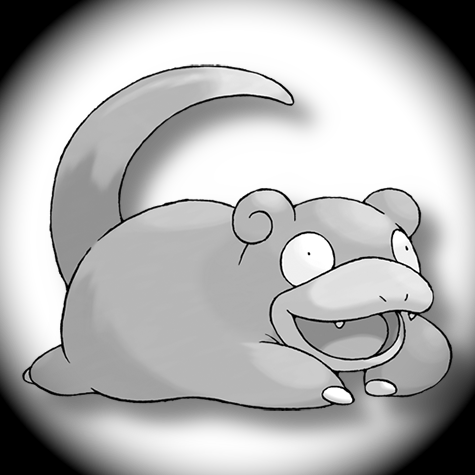Chaotic and lawful are opposite ends of the matrix, evil and good are similarly opposites. Ignoring neutrality, we can look at a punnet square-esque 2x2 grid of chaotic good - chaotic evil -lawful good - lawful evil
The way I see it (and this is a hotly debated topic, so it’s all pretty firmly in the realm of interpretation) is that lawful good is akin to a benevolent government, chaotic good is akin to Robinhood, lawful evil is akin to a fascist regime or dictatorship, chaotic evil is akin to the joker.
There’s a lot of nuance between those extremes, of course, but to make broad strokes you can ask “are they working within or without a strong system” to get lawful vs chaotic, and “are they trying to help others or hurt others” to get good and evil.
Using those questions gives a good basis to start dissecting people and characters.
Hitler worked within the political system to create a new totalitarian regime and harm the people who fell outside it. Lawful evil.
Robinhood flaunted laws and committed crimes in the pursuit of helling those in need. Chaotic good.
You’ll note that chaotic, whether good or evil, doesn’t build societies or ideologies. They’re more focused on their own goals. Lawful creates structure for societies to confirm to.














I agree!! I tried to parse my own comment as “hey this is a big fat opinion soup” just because the alignment chart is highly debated and often forgone entirely as too restrictive. Lots of motivations that buck the chart entirely.